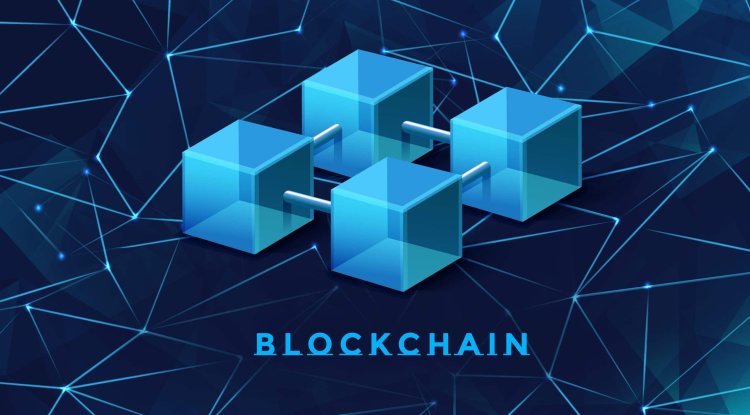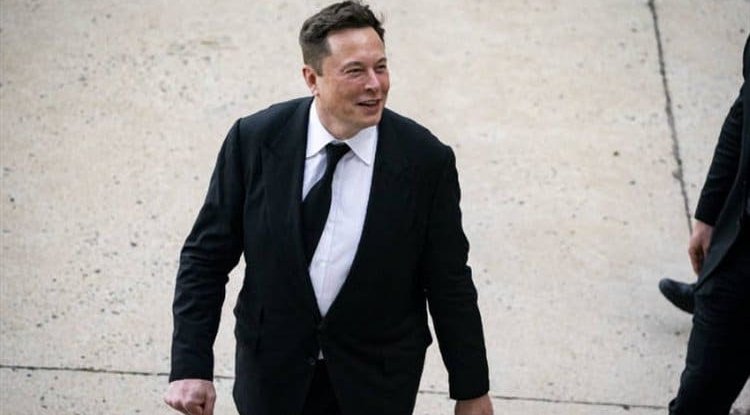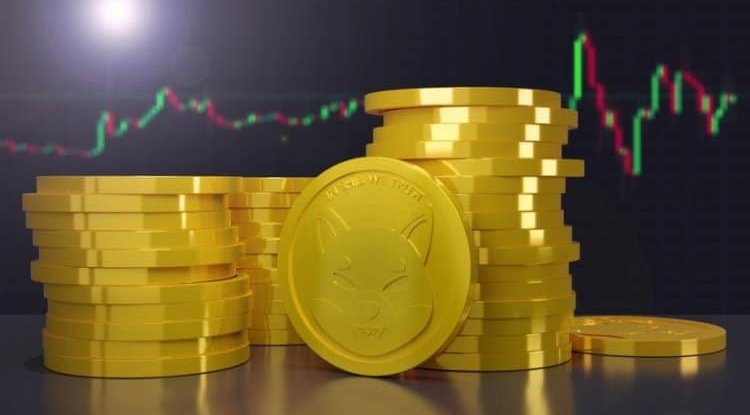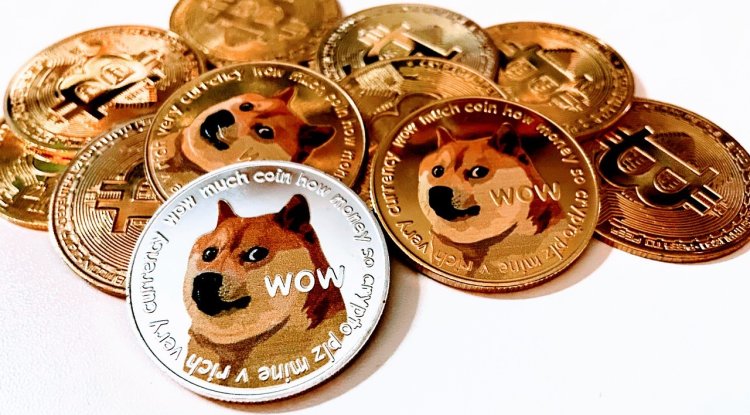What is a blockchain and what is it used for?
Blockchain as a technology - no person or legal entity has control over the data kept in the records of that general ledger...

While these days there is a lot of talk about the recent fall of the cryptocurrency exchange, whether you like it or not, it is difficult to be excluded from the entire story and not notice certain terms related to this topic. One of the most frequently mentioned terms when talking about cryptocurrencies is certainly “blockchain”. At this point, most people have at least heard of it, and even if they don’t know what exactly it serves, they associate it with Bitcoin and cryptocurrencies.
Although blockchain technology was first used in cryptocurrencies, cryptocurrencies are not the only option for its use. The technology and the way the blockchain works can be difficult for someone who is unfamiliar with the subject at first, to make it easier to understand what we are talking about, we will start with a simpler approach, assuming that this article will be read by someone about how that technology works.
The concept for the blockchain has been around since 1991, and was first mentioned in the work of two researchers - Stuart Haber and W. Scott Stornett - entitled “How to Time Mark a Digital Document”. Also known as Distributed General Ledger (DLT) technology, a blockchain is a record to which anyone can add some kind of entry that cannot be changed and that is not controlled by a person or legal entity.
The basic concept is actually a public general ledger with copies arranged in several locations called “nodes”, which usually refer to individual computers that have a copy of that general ledger. This is where we come across the term “decentralization” when we talk about blockchain as a technology - no person or legal entity has control over the data kept in the records of that general ledger. Instead, the data is distributed among the many nodes that store that network together.
In order to make a change or entry in the book itself, similar to databases, this change must first be checked by everyone online. Only when it is determined that all copies of the records match do the system know that it can update the information. This system ensures what is stored inside the blockchain and builds trust in the information recorded in it.
Decentralization of the blockchain also prevents the possibility of destroying the entire database if there is a failure on one node. For example, if you have a business and store all your information on a server in one building, you risk losing that data if something happens to the space where the servers are located.
Because a copy of the blockchain exists on every computer on the network, the entire system can continue to work if one or more nodes are disconnected from the network. When new information is added to the general ledger, it is recorded in a group called a block. These blocks are strung together to form a chain of records, hence the name blockchain. Once the data is entered, it cannot be changed - new blocks can only continue to be added.
For a more illustrative example, a blockchain can be thought of as a shared document among team members. Anyone who has access to this document can add information and edit the document. Each member of the team can see the changes that have been made in real-time, who made those changes, and for complete transparency - a history of all the changes ever made. The most important part is the fact that the data is not stored on servers, but each team member has their own local copy that can communicate directly with other copies of that document.
Although cryptocurrencies such as Bitcoin are the best-known example of the use of blockchain technology, they are sometimes incorrectly identified with the technology itself. Cryptocurrencies only use the blockchain as a means of recording completed transactions and an instrument for maintaining confidence in their implementation, but they are not in themselves a blockchain.
In theory, any system that requires the recording of some transactions or data can use a blockchain for this purpose. This includes everything from supply chains to various ownership records. However, the blockchain differs from a typical database in that instead of storing information in tables, it stores it in groups of data, the so-called blocks.
As the individual block is filled with information, it is added to the previous blocks in the chain. Because data is stored in this linear way and comes with a timestamp, blockchain data can be formed into a timeline of transactions and records, which is especially useful in scenarios where time traceability is important.
Blockchain itself acts as a protection against unauthorized access and system failure. If one node on the network becomes compromised and someone changes or deletes the transaction data on that computer, the other nodes on the network will reject that damaged record because it does not match their copies. Because the data written to the blockchain is immutable and time-stamped, this technology provides a transparent record of everything ever added to the system.
Anyone who has a node on the network can see every transaction that has taken place. There are even so-called “blockchain explorer” programs that allow non-network users to view real-time transactions in real-time to further increase transparency. Using blockchain technology helps prevent duplicate records and makes additional checks unnecessary.
For example, if someone steals access data from a person allowed to access the network, they could steal valuable data or cryptocurrencies. Scams are not uncommon, so users have been left without their cryptocurrencies many times, so always be especially careful where, how and to whom you give your data.





































